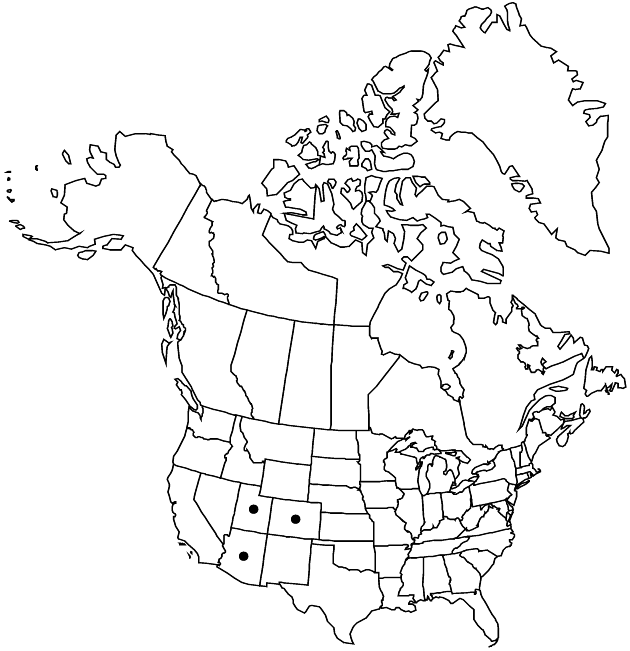Difference between revisions of "Erigeron sparsifolius"
Proc. Calif. Acad. Sci., ser. 2, 6: 297. 1896.
FNA>Volume Importer |
FNA>Volume Importer |
||
| Line 12: | Line 12: | ||
|name=Erigeron utahensis var. sparsifolius | |name=Erigeron utahensis var. sparsifolius | ||
|authority=(Eastwood) Cronquist | |authority=(Eastwood) Cronquist | ||
| + | |rank=variety | ||
}} {{Treatment/ID/Synonym | }} {{Treatment/ID/Synonym | ||
|name=Erigeron vivax | |name=Erigeron vivax | ||
|authority=(A. Nelson) Rydberg | |authority=(A. Nelson) Rydberg | ||
| + | |rank=species | ||
}} | }} | ||
|hierarchy=Asteraceae;Asteraceae tribe Astereae;Erigeron;Erigeron sparsifolius | |hierarchy=Asteraceae;Asteraceae tribe Astereae;Erigeron;Erigeron sparsifolius | ||
| Line 39: | Line 41: | ||
-->{{#Taxon: | -->{{#Taxon: | ||
name=Erigeron sparsifolius | name=Erigeron sparsifolius | ||
| − | |||
|authority=Eastwood | |authority=Eastwood | ||
|rank=species | |rank=species | ||
| Line 54: | Line 55: | ||
|publication year=1896 | |publication year=1896 | ||
|special status= | |special status= | ||
| − | |source xml=https://jpend@bitbucket.org/aafc-mbb/fna-data-curation.git/src/ | + | |source xml=https://jpend@bitbucket.org/aafc-mbb/fna-data-curation.git/src/eaa6e58056e40c9ef614d8f47aea294977a1a5e9/coarse_grained_fna_xml/V19-20-21/V20_630.xml |
|tribe=Asteraceae tribe Astereae | |tribe=Asteraceae tribe Astereae | ||
|genus=Erigeron | |genus=Erigeron | ||
Revision as of 19:29, 16 December 2019
Perennials, 10–55 cm; taprooted, caudices branched. Stems (greenish) erect, sparsely strigose, eglandular. Leaves basal (usually withering by flowering, not forming conspicuous tufts) and cauline (leaf bases broadened or not, not thickened and whitish-indurate); basal and proximalmost cauline blades oblanceolate-spatulate, 20–50 × 2–4 mm, margins entire, faces densely and closely strigose, eglandular; cauline abruptly reduced to erect linear bracts 3–20 × 0.5 mm, relatively even-sized, at least beyond midstems to immediately proximal to heads. Heads (1–)3–10, from branches well beyond midstems. Involucres 3–5 × 5–8 mm. Phyllaries in 2–3 series, sparsely strigose or glabrous, densely minutely glandular. Ray florets 10–14(–20); corollas white to blue, 4–8 mm, laminae (0.7–1 mm wide) coiling. Disc corollas 2–3.5 mm (viscid-puberulent, hairs multicellular, blunt). Cypselae 1.5–2.5 mm, 3–4-orange-nerved, faces sparsely strigose; pappi: outer of inconspicuous setae, inner of 20–25 bristles.
Phenology: Flowering Jun–Sep.
Habitat: Rocky or sandy soil, soil pockets and crevices in sandstone, canyon bottoms, river terraces
Elevation: 1100–1700 m
Distribution

Ariz., Colo., Utah.
Discussion
Erigeron sparsifolius is partially sympatric with Erigeron utahensis. They are distinct in morphology and phenology, and intermediates are not common.
Selected References
None.